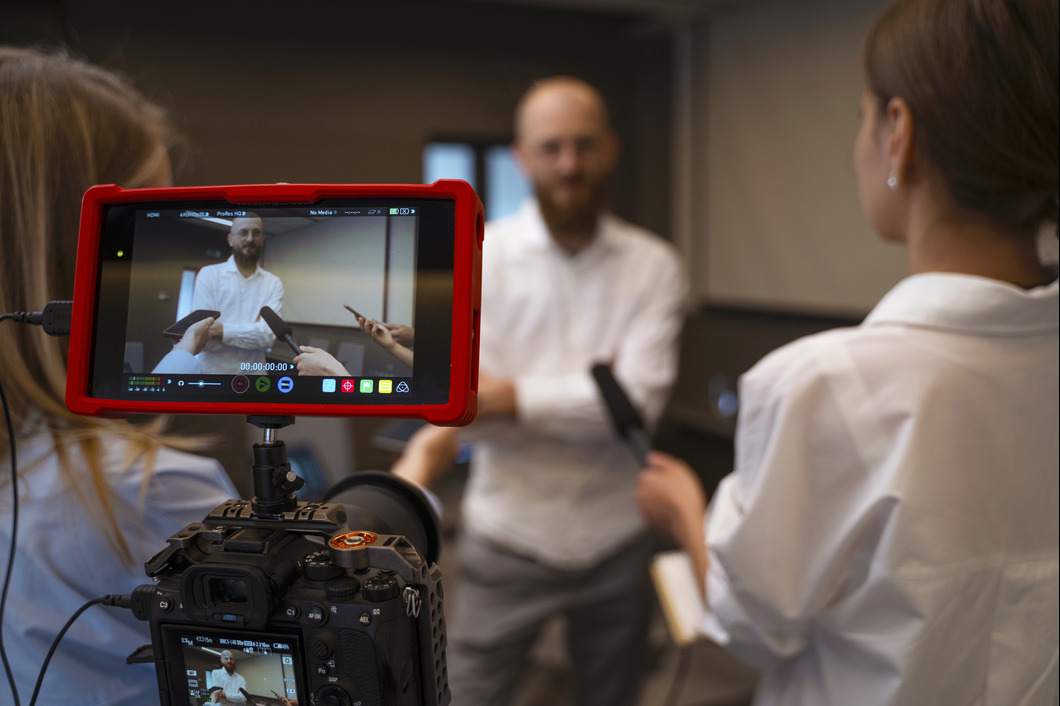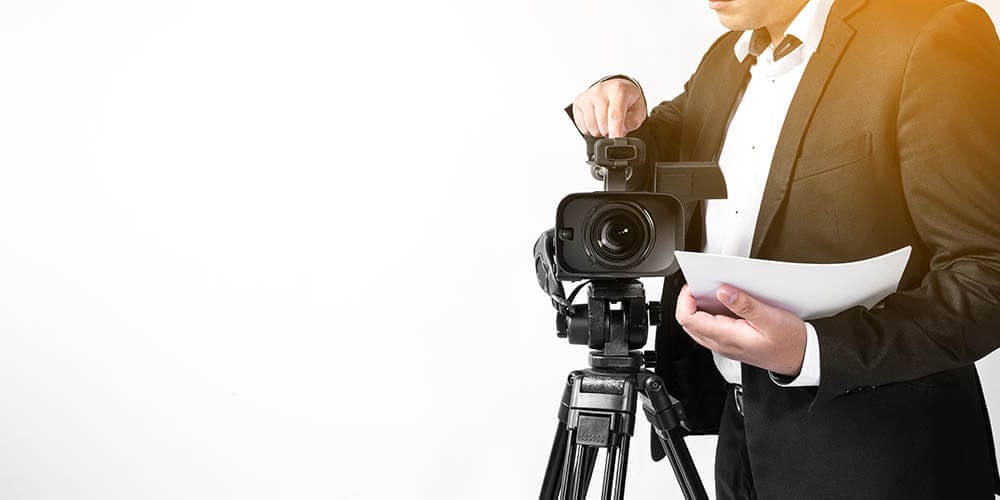How Legal Videography Boosts Court Presentations and Evidence
How Legal Videography Boosts Court Presentations and Evidence
Blog Article
Looking Into the Mechanisms of Lawful Videography: Introduction Its Procedure in Safeguarding Genuine Aesthetic Testament for Judicial Process
In the world of judicial process, the function of legal videography stands as a keystone in maintaining and offering visual proof. As innovation proceeds to advance, the systems behind legal videography have become significantly detailed, providing a vital layer of authenticity to testaments caught on video clip.
Historic Advancement of Lawful Videography
Checking out the historical progression of lawful videography discloses a considerable change in the recording and discussion of visual proof within the legal landscape. In the past, lawful process heavily relied upon composed pictures and transcripts to document occasions and supply evidence. However, with the advent of video clip technology, the legal industry witnessed a paradigm change in exactly how visual testament was recorded and presented.
The development of legal videography can be mapped back to the late 20th century when improvements in video clip recording devices made it more obtainable for use in courtrooms. This technological development not just improved the accuracy and reliability of visual evidence yet likewise reinvented the way cases existed to juries and judges (Legal Videography). Attorneys started to acknowledge the persuasive power of video clip recordings in sharing feelings, subtleties, and non-verbal signs that written pictures or records alone could not record successfully

Technology Developments in Video Paperwork
What key technical innovations have reinvented video clip documents in the lawful area? The lawful field has actually seen considerable improvements in video clip documentation technology that have enhanced the authenticity and dependability of aesthetic evidence in judicial procedures. Among the crucial developments is high-def (HD) video clip recording capacities, which offer crystal-clear pictures and sharp information that are critical for properly catching testaments, faces, and various other aesthetic hints. In addition, the integration of timestamping and metadata functions in video clip paperwork devices has made it possible for precise documents of when and where the video was videotaped, making sure the honesty of the evidence provided in court.
In addition, developments in video security and watermarking innovations have actually strengthened the protection and tamper-proof nature of video clip proof, guarding it against unauthorized modifications or tampering. In addition, the development of cloud storage options and remote accessibility capacities has structured the storage space, access, and sharing of video evidence, promoting smooth cooperation among attorneys and ensuring reliable access to important visual testimonies when needed. These technological advancements in video documentation have certainly transformed the legal area, enhancing the accuracy, integrity, and admissibility of aesthetic evidence in judicial proceedings.
Role of Legal Videographers in Court Settings
The advancement of video paperwork modern technology in the legal area has demanded a critical duty for lawful videographers in courtroom setups, guaranteeing the honesty and dependability of visual testimonies presented throughout judicial proceedings. Lawful videographers play an essential role in catching and protecting precise visual evidence that can be critical in court situations. Their duty Visit Your URL includes setting up equipment, videotaping process, and generating high-grade videos that accurately reflect the events in the courtroom.
In addition, legal videographers often function closely with legal teams to guarantee that the video proof straightens with the case's needs and can be successfully presented in court to sustain the lawful debates being made. On the whole, the role of legal videographers in courtroom settings is crucial in upholding the principles of justice and guaranteeing the transparency of lawful process. Legal Videography.

Ensuring Admissibility and Honesty of Video Clip Proof
To preserve the trustworthiness of visual evidence provided in lawful procedures, ensuring the admissibility and stability of video proof is a crucial obligation for lawful videographers. Admissibility refers to the approval of proof by the court, and for video clip evidence to be acceptable, it needs to meet specific requirements. Legal videographers play a critical duty in ensuring that the video clips they record follow the regulations of proof, such as credibility, significance, and reliability.
Stability of video clip proof includes maintaining the originality and precision of the video from the time it is videotaped up until it exists in court. This includes firmly saving the video files, recording the chain of custody, and stopping any meddling or changes. Legal videographers should abide by strict methods to assure the stability of the video clip proof and protect against any obstacles to its authenticity.
Future Trends in Legal Videography
Provided the boosting reliance on modern technology in lawful process, legal videographers are poised to welcome ingenious developments shaping the future of visual testimony capture and discussion. One of the noticeable patterns coming up is the assimilation of online truth (VR) and boosted fact (AR) technologies into legal videography. These innovations other have the possible to revolutionize just how visual evidence exists in court rooms, enabling discretionary to immerse themselves in the scene of the criminal offense or case.
Furthermore, using synthetic intelligence (AI) formulas for video analysis is expected to simplify the procedure of examining and examining large quantities of video footage. AI can help in identifying vital moments, abnormalities, and patterns within videos, boosting the efficiency of legal investigations.

Final Thought
In conclusion, lawful videography has actually played a vital duty in offering genuine visual evidence for judicial procedures. With technical advancements and the expertise of lawful videographers, the stability and admissibility of video evidence are guaranteed in court room setups. As straight from the source legal videography remains to develop, it will certainly be necessary to support standards that keep the precision and reliability of aesthetic statement for the future of lawful proceedings.
Examining the historic progression of legal videography discloses a significant change in the capturing and presentation of aesthetic proof within the legal landscape.The advancement of video clip paperwork modern technology in the legal field has actually required a crucial duty for lawful videographers in courtroom settings, ensuring the honesty and reliability of visual testimonies presented throughout judicial procedures. Additionally, legal videographers typically function closely with legal groups to guarantee that the video proof aligns with the instance's demands and can be successfully provided in court to sustain the lawful arguments being made.To maintain the credibility of aesthetic evidence offered in lawful proceedings, making sure the admissibility and stability of video proof is a crucial duty for legal videographers. As legal videography continues to progress, it will be crucial to copyright criteria that preserve the accuracy and integrity of visual testimony for the future of lawful process.
Report this page